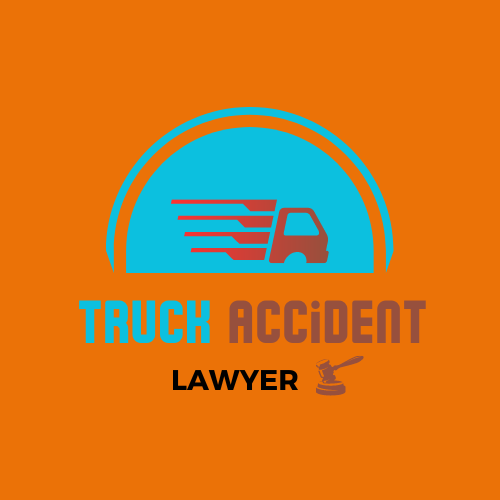When property damage occurs and a policyholder files an insurance claim, the primary concern is restoring the damaged property to its original condition. While the insurance company typically covers the cost of repairs, many contractors and policyholders face confusion over one crucial component of insurance claims: Overhead and Profit (O&P).
Overhead and Profit refers to the general business costs (overhead) and the contractor’s earnings (profit) that are added to the base cost of a construction job. It’s typically calculated as 10% for overhead and 10% for profit, resulting in a 20% markup. Whether you’re a contractor seeking fair compensation or a homeowner wanting to ensure your insurance claim is fully honored, understanding how to get O&P from insurance is critical.
For more details visit this blog: The Inside and Out of Seaharbor Insurance Reviews
What Is Overhead and Profit?
Before diving into how to obtain O&P in your claim, it’s important to understand what these terms mean in the context of insurance:
- Overhead: These are the ongoing business expenses contractors incur to run their business, such as rent, utilities, insurance, administrative staff salaries, and office equipment.
- Profit: This is the return the contractor expects to earn for taking on the job. It’s separate from their costs and essential for sustaining their business.
Both overhead and profit are typically factored into the cost of a job involving a general contractor, particularly when multiple trades or subcontractors are required.
When Is O&P Typically Covered?
Insurance companies usually add O&P to the estimate when:
- The job is complex and involves multiple trades (generally three or more).
- A general contractor is hired to oversee the entire job.
- The scope of work justifies the need for professional coordination and management.
O&P may not be included if the insurance adjuster believes the work is simple enough to be handled without a general contractor, or if it involves only one trade (e.g., only roofing or painting).
Steps to Get Overhead and Profit from Insurance
1. Hire a General Contractor
The easiest way to justify O&P is by hiring a licensed general contractor. Insurance companies are more likely to approve O&P when there’s documentation that a GC is managing the project, especially if they coordinate multiple subcontractors.
Provide the insurer with:
- A signed contract with the general contractor.
- A detailed scope of work showing coordination between multiple trades.
- A project timeline.
2. Ensure the Scope Involves Multiple Trades
Claims involving multiple trades such as roofing, electrical, plumbing, drywall, and painting are more likely to justify O&P. For instance, if a storm damages a roof, walls, and flooring, the repair process will likely involve a roofer, a drywall specialist, a painter, and possibly a flooring contractor.
Make sure the estimate submitted to the insurer clearly lists each trade and shows how the work will be coordinated.
3. Request a Written Explanation If O&P Is Denied
If the insurer refuses to include O&P, ask for a written denial explaining the reason. Insurance carriers are required to justify their decisions. If the job involves multiple trades and meets standard criteria for O&P, you may have grounds to dispute the denial.
4. Use Estimating Software Like Xactimate
Many insurance adjusters use Xactimate, a popular estimating software. Ensure that your contractor uses the same or similar software to present estimates in a format familiar to insurers. This reduces friction and makes it easier to compare and justify line items, including O&P.
In Xactimate, O&P is often added automatically when the estimate meets certain complexity thresholds. Make sure the contractor’s estimate reflects the full scope and complexity of the job.
5. Understand the Insurance Policy to Get Overhead and Profit from Insurance
Some policies may have specific language regarding when O&P is paid. While many homeowners’ policies are replacement cost value (RCV) policies (which should include O&P when justified), some actual cash value (ACV) policies may not.
Read your policy or consult with a public adjuster or attorney if you’re unsure. Understanding your policy’s language can provide a strong basis to argue for O&P inclusion.
6. Involve a Public Adjuster or Claims Professional
If you’re running into resistance from the insurer, consider hiring a public adjuster. These professionals work on behalf of the policyholder (not the insurance company) and are experienced in negotiating full, fair claim settlements, including O&P.
Some contractors also work with claims consultants or attorneys to help advocate for full payment.
7. File a Complaint If Necessary
If the insurer continues to deny O&P unfairly, consider filing a complaint with your state’s Department of Insurance. Most states regulate insurance practices, and unfair denial of standard charges like O&P may violate those regulations.
Document all correspondence, denial letters, and estimates to support your complaint.
Final Thoughts
Getting overhead and profit from insurance isn’t about exploiting the system—it’s about ensuring fair compensation for the full cost of a repair project. O&P represents legitimate business costs that are often essential for coordinating complex jobs and ensuring quality outcomes.
Insurance companies may try to minimize payouts by omitting O&P, but with proper documentation, contractor support, and a clear understanding of your rights, you can successfully advocate for this essential portion of your claim.
Whether you’re a homeowner managing storm damage repairs or a contractor trying to keep your business sustainable, understanding and fighting for O&P can make a significant financial difference.

